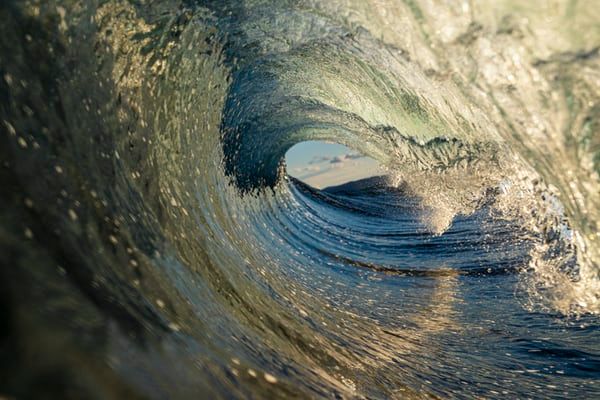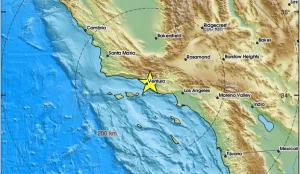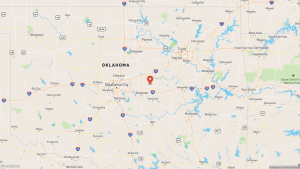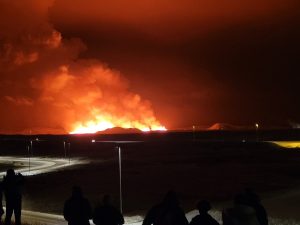On the fateful morning of December 26, 2004, more than 2,27,000 people in South Asia were killed by a tsunami triggered by a powerful undersea earthquake.
Seventeen years on, here’s a look at some facts about one of the deadliest disasters in modern history.
What caused it?
The Sumatra-Andaman earthquake of 9.1 magnitude, the third-most powerful quake since 1900, caused a 100-foot-high wave and hit shorelines all along the Indian Ocean, reaching 14 countries, including Indonesia, Sri Lanka, India, Maldives and Thailand – without any warning.
It struck 150 miles from the coast of Sumatra island in Indonesia, and 31 miles below the ocean floor. The earthquake itself was caused by the subduction of the Indo-Australian plate under the Eurasian plate.
Also Read | Earthquake of magnitude 7.3 strikes north of Maumere, Indonesia
How did it impact the surrounding areas?
Nearly 250,000 people were killed, and thousands became homeless, lost their livelihood, and remained food-deprived because of the destruction of fish and farms. There was also an outbreak of diseases such as cholera due to a lack of fresh water.
How destructive was it?
According to Tad Murty, the vice president of the Tsunami Society, the total energy of the 2004 tsunami waves (the large, destructive waves slowed down near the coast and reached 80-100 feet in height) was more than twice the total explosive energy used during all of World War II including the two atomic bombs, reported The Hindustan Times.
Also Read | Northwestern US witnesses swarm of over 40 earthquakes in 24 hours
What lessons did it teach India, and are we better prepared today?
The natural disaster is considered an eye-opener for India. The country was forced to re-evaluate its strategy and change its approach.
The Ministry of Earth founded the Indian Tsunami Early Warning System (ITEWS) at Indian National Cantre for Ocean Information Services (INCOIS) in October 2007, Hyderabad. This has helped scientists predict and project movements in the Indian Ocean through real-time seismic monitoring with Bottom Pressure Recorders (BPR), and a 24×7 operational tsunami warning system to detect tsunamigenic earthquakes to inform people and get the area vacated as soon as possible.
Also Read | Northwestern US witnesses swarm of over 40 earthquakes in 24 hours
The ITEWC is also providing tsunami services to 25 Indian Ocean Countries as part of the Intergovernmental Oceanographic Commission (IOC) of UNESCO framework. It conducts regular workshops, training sessions and tsunami mock exercises to create awareness and preparedness about the calamity.
These efforts have India the first country to establish an early warning system for tsunami detection, and Odisha became the first state in the country to get a Tsunami Ready recognition, The Hindustan Times reported.







